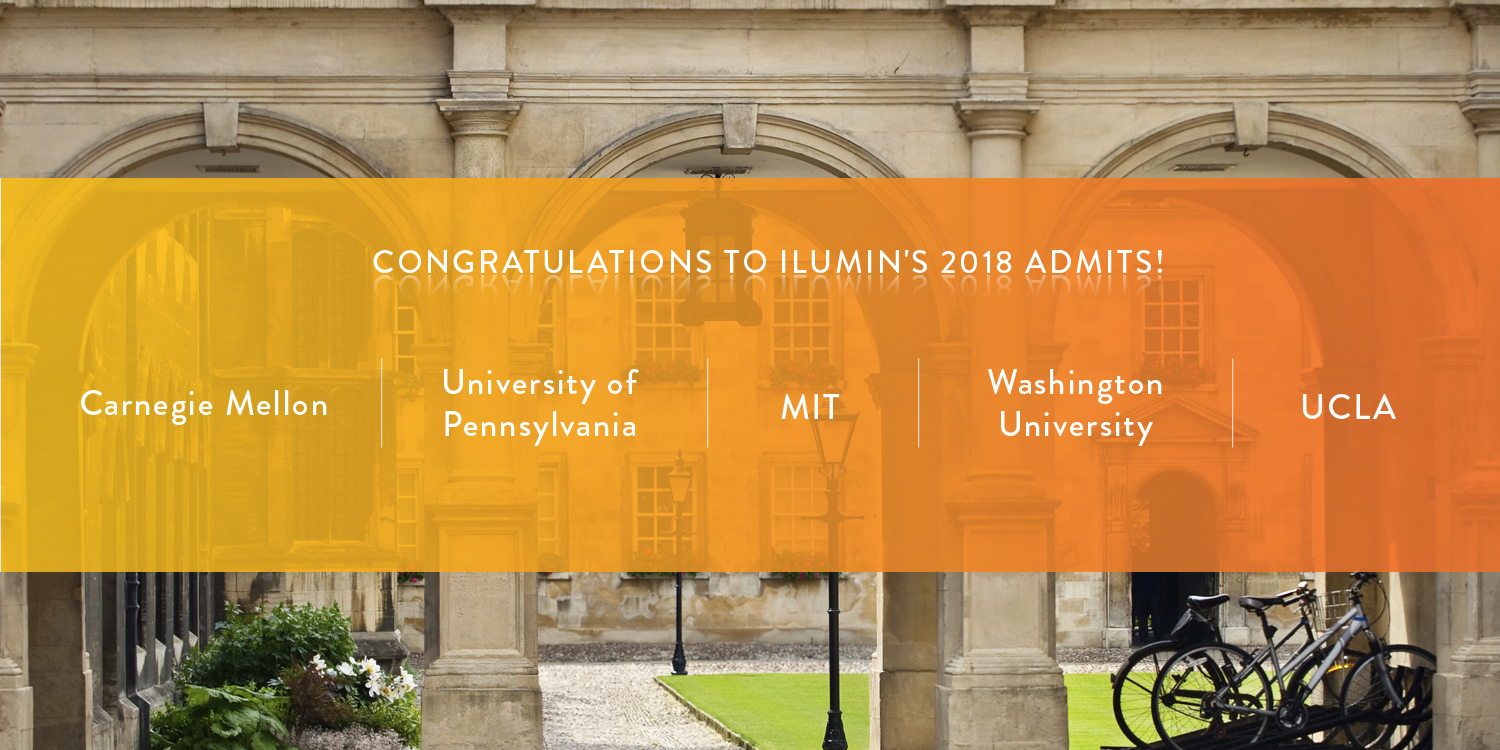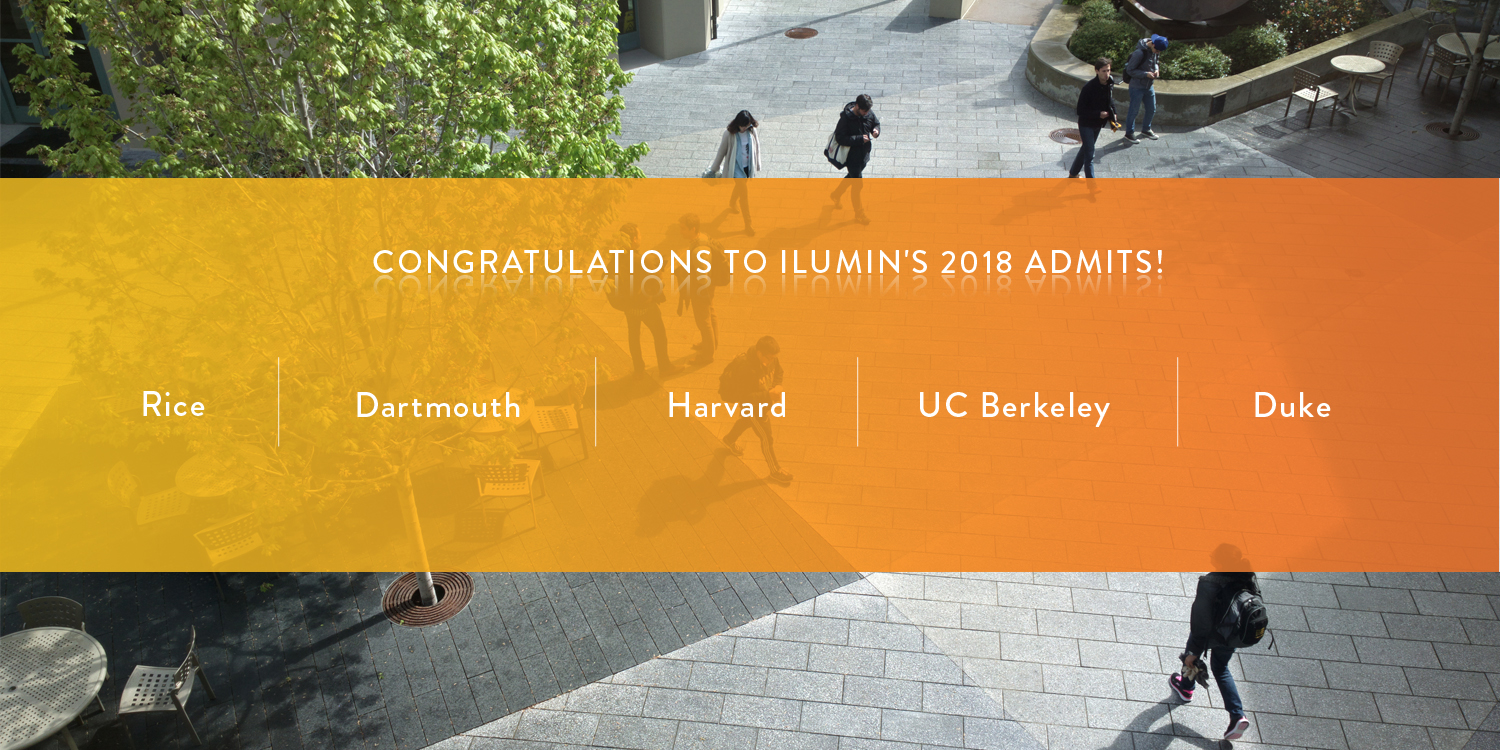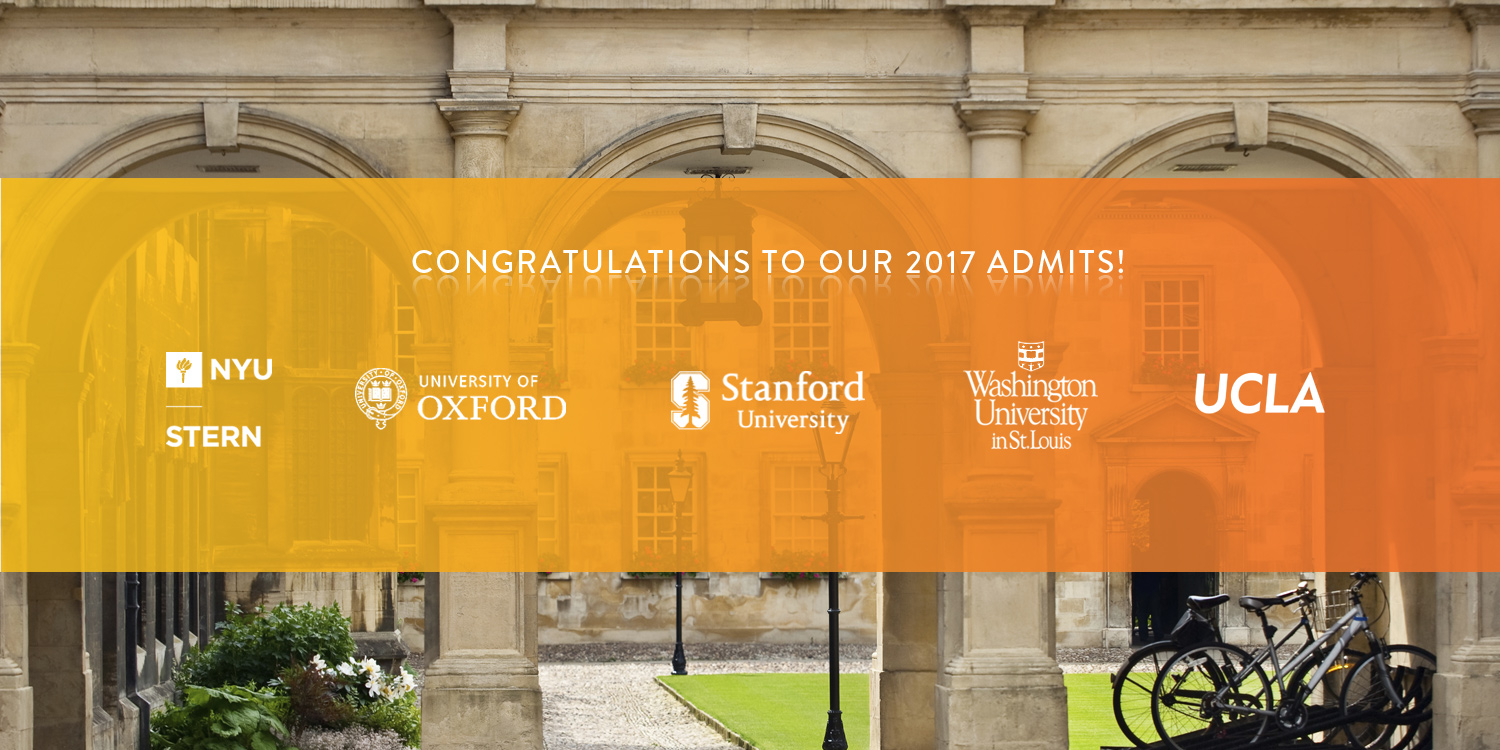“I am sooooo stressed…” she groaned, her head resting on her thick Chemistry textbook. “I have three tests this week, and I’m behind on all my homework.” For many of our students, feeling stressed out has become the norm, though the causes may vary. Some students have relationship worries, others struggle with family conflict and parental pressure, but many put great pressure on themselves due to a fear of falling behind in a competitive high school environment.
Experiencing stress during high school is inevitable. It’s how you respond to it that can make all the difference. Here at ILUMIN Education, we see how common – and damaging – it can be for students to be stressed on a daily basis. Dealing with stress constructively is arguably more important than GPA or resume in terms of preparing students for success in college and career.
Here are some of the strategies we use to help students manage their stress effectively.
1. Use a calendar
It’s fairly common for high school students to think they can get by without using a planner. Often, teachers post the homework online. Or maybe Mom manages the family calendar. Time and time again, we have found that students underestimate the benefits of using a calendar themselves. Without a doubt, students who manage their own calendars are able to accomplish more because they can be more strategic about how they use their time. Ultimately, students who take control of their schedules manage their lives better and reduce stress.
If you haven’t already, get a paper calendar or choose a digital one, and start to fill out the calendar with all of the important dates: tests, papers, project due dates, due dates for applications, games, club events, social events, family events, etc. Be sure to work backwards and block out time to study. If you know you need at least a couple hours to prepare for your history final, reserve some time for yourself to make that happen. If you know an especially demanding school week is coming, schedule a pocket of time for yourself to exercise or meet up with friends as a healthy outlet in a stressful week.
2. Create a good homework routine
Creating a good homework routine is key to getting things done and reducing stress. Ask yourself: Do I have a designated place to study? Have I reduced distractions? How can I work most efficiently? For example, a student we worked with usually did his homework while lying on his bed at home. It wasn’t uncommon for him to fall asleep while doing homework. He also kept his phone by his side and Facebook messaged his friends while he studied, which he insisted was helping him get his work done. Every night, it took him until at least 1 a.m. to finish his homework. He woke up tired, which increased the likelihood of him falling asleep again when doing homework after school.
When our sleepy student experienced a dip in grades, he took our advice to start going to the library after school to do his homework. He kept his phone on silent in his backpack until he had worked at least two hours. He made a note of any questions he had for his friends from class, and messaged them after he worked independently. The student was surprised that he could go to bed two hours earlier than before by making adjustments to his daily routine.
3. Take care of your health: eat, sleep, and exercise!
Physical health is inexorably linked to mental and emotional health. Have you ever noticed that you’re more prone to mood swings or impulsive behavior when you’re not getting enough sleep or when you are hungry? There’s even a term, “hangry,” that’s been coined to describe that very state of being angry because you’re so hungry. Many students report that they need to stay up all night to study before important exams, but they may be shooting themselves in the foot. Teenagers, in particular, need more sleep as a part of their developmental stage, and when they’re operating on a sleep or nutritional deficit, their cortisol levels will rise and their cognitive function will suffer as well (i.e., you will feel stressed and not think clearly).
Exercise is especially effective in reducing stress. Instead of watching a YouTube video on a study break, go for a lap around the block and see if you feel any better. Furthermore, a Stanford study shows that just spending time outside in natural surroundings can improve focus and reduce anxiety. Although it might be tempting to take a break from homework to check your Snapchat, it’s better for your brain to rest away from the stimulation that screens provide. Even spending a few minutes in your backyard or a nearby park can help clear your mind.
4. Get help when you need it
If you’re feeling overwhelmed by your problems, it’s important to reach out and talk to a trusted friend, family member, mentor, or teacher. Not only will you feel less alone, a counselor or teacher, for example, might have some practical suggestions for making up a low grade or dealing with other school-related issues. It can be surprising by what can happen when students speak up. We’ve seen teachers change grades a year after the fact, students receive extended testing accommodations, and bullying issues resolved after students reach out to an adult who can help. After all, the worst-case scenario is that nothing will change.
Although dealing with stress and changing moods is a typical part of the high school experience, some students face more severe anxiety or depression. Please be aware that mental health issues are more common than you might realize. If you’re experiencing anxiety attacks or depression, seek professional help. Many people struggle with mental health issues at some point in their lives, and there are resources out there to help you.
5. Remember the big picture
It’s 2 a.m. and it seems like your grade on the Chemistry midterm in the morning means everything. It may seem that your entire future rides on this one exam. It doesn’t. You likely won’t remember the grade you get on this test a year from now. That’s because your future success is a result of the sum of your efforts over time; an occasional misstep is part of the human experience. Whenever you find yourself overwhelmed by stress due to a challenge you are facing, ask yourself: will this matter a year from now? In two years? If the outcome isn’t what you want, it may very well become one of the many learning experiences that will make you stronger and better equipped to deal with challenges in the future. The point is that though a grade or a problem might be eating you up in this moment, in the longer term, what matters is how your character develops from dealing with this challenge, how you learn problem-solving skills through addressing the situation, and how well you treat the people around you in the midst of it.
Teens face many pressures in high school. However, by learning to manage your stress now, you will have gained a lifelong skill that will serve you far into the future. We find that when working with our students, it’s important not to minimize the stress our high school students are experiencing, even if the source of their worries seems small. Helping students manage their stress levels is as important as providing tutoring for a strong academic performance. After all, stress is a catalyst for growth and an opportunity to develop emotional resilience in the midst of life’s challenges.










